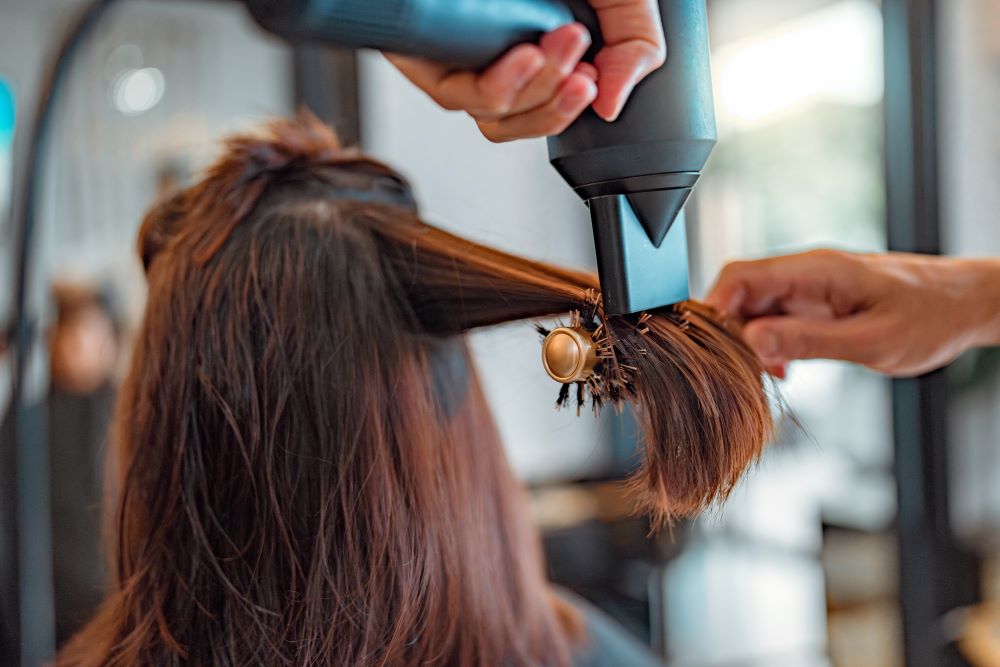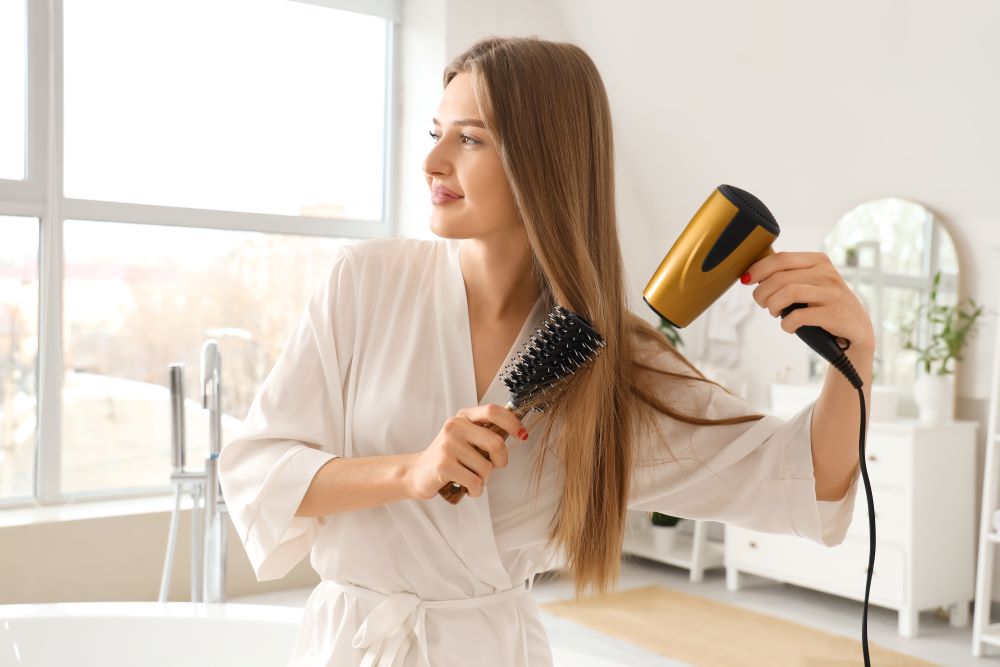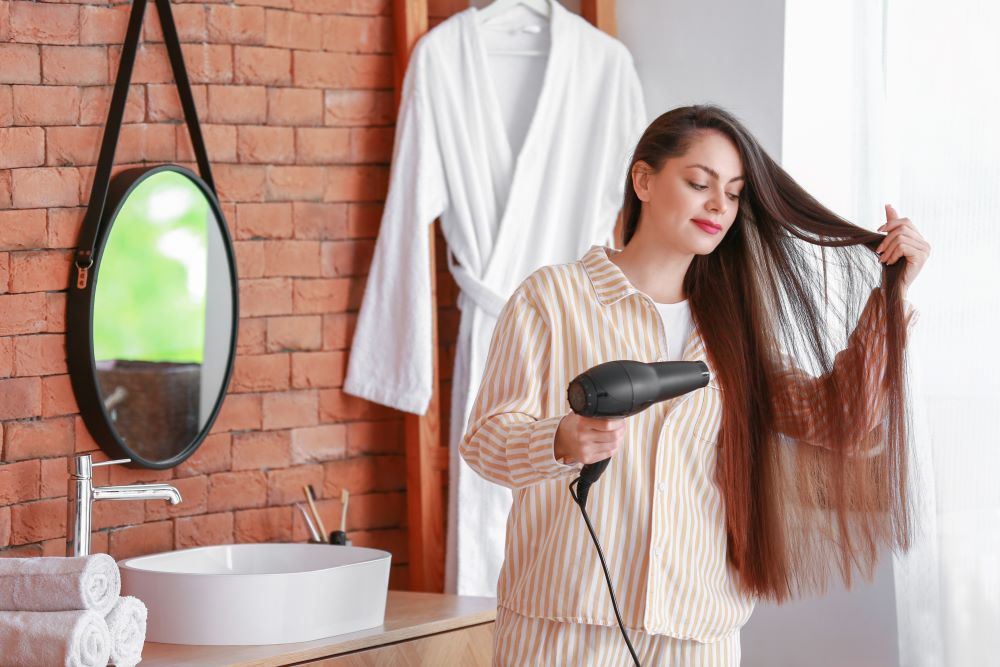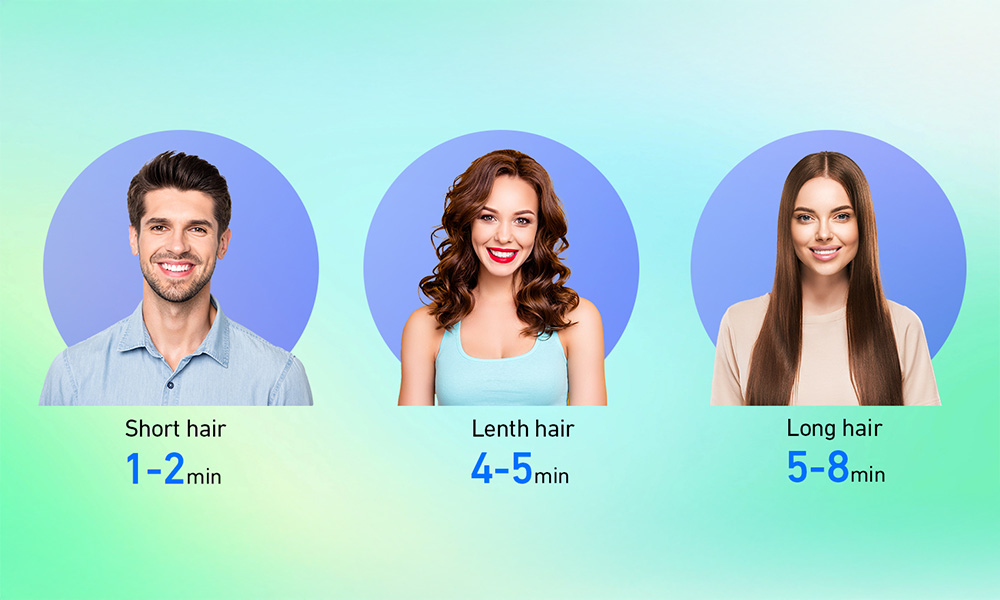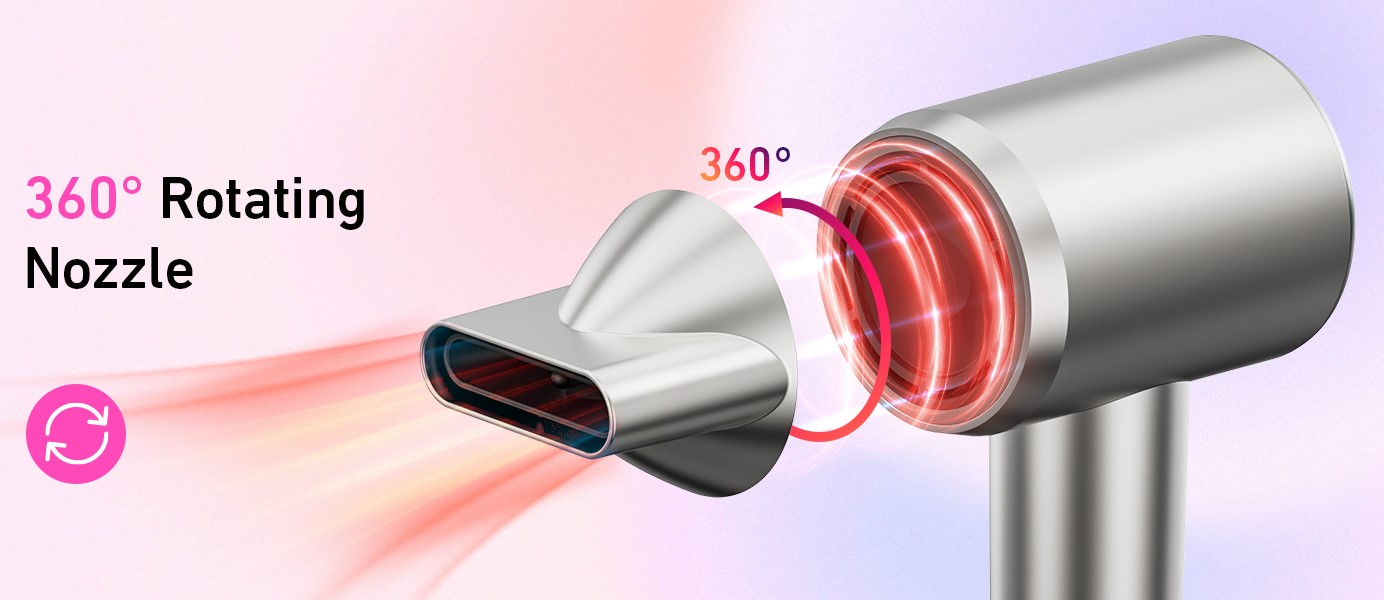
- Home
- Hair Dryer
- Your Guide to Different Hair Types and Their Care Routine
Your Guide to Different Hair Types and Their Care Routine
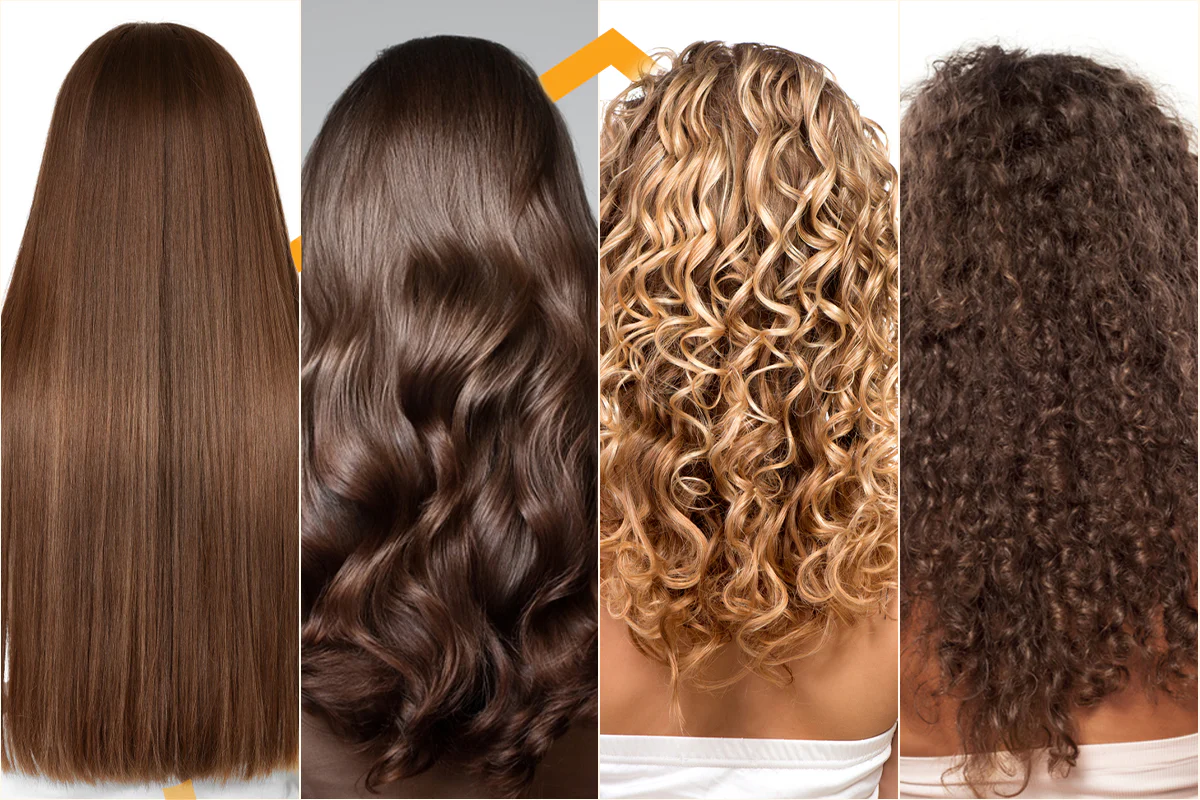
Introduction Understanding your hair type is essential for choosing the right products, tools, and techniques to maintain its health and style. This comprehensive guide will help you identify your hair type and provide tailored care tips to keep your locks looking their best, no matter the texture or condition.
1. Straight Hair: Characteristics and Care Tips
Characteristics:
Straight hair is naturally smooth and sleek, with no curl or wave pattern. Its flat structure allows the scalp’s natural oils to travel easily from root to tip, making it appear shinier than other hair types. However, this can also cause straight hair to become oily faster. It tends to be easier to manage and style due to its lack of texture but can lack volume and body.
Care Tips:
Shampooing: Since straight hair is prone to oiliness, use a lightweight, volumizing shampoo to prevent excess buildup. Washing more frequently (every 1–2 days) is recommended to keep hair fresh and oil-free.
Conditioning: Apply conditioner sparingly, focusing on the ends to avoid weighing down the hair. Opt for a lightweight, hydrating formula to maintain shine without making hair greasy.
Styling: Straight hair may fall flat without proper styling, so use volumizing products like root-lifting sprays or mousses to add body. Heat protectant is crucial when using hot tools like flat irons or blow dryers to prevent heat damage. For natural volume, blow-dry with a round brush and finish with a lightweight texture spray.
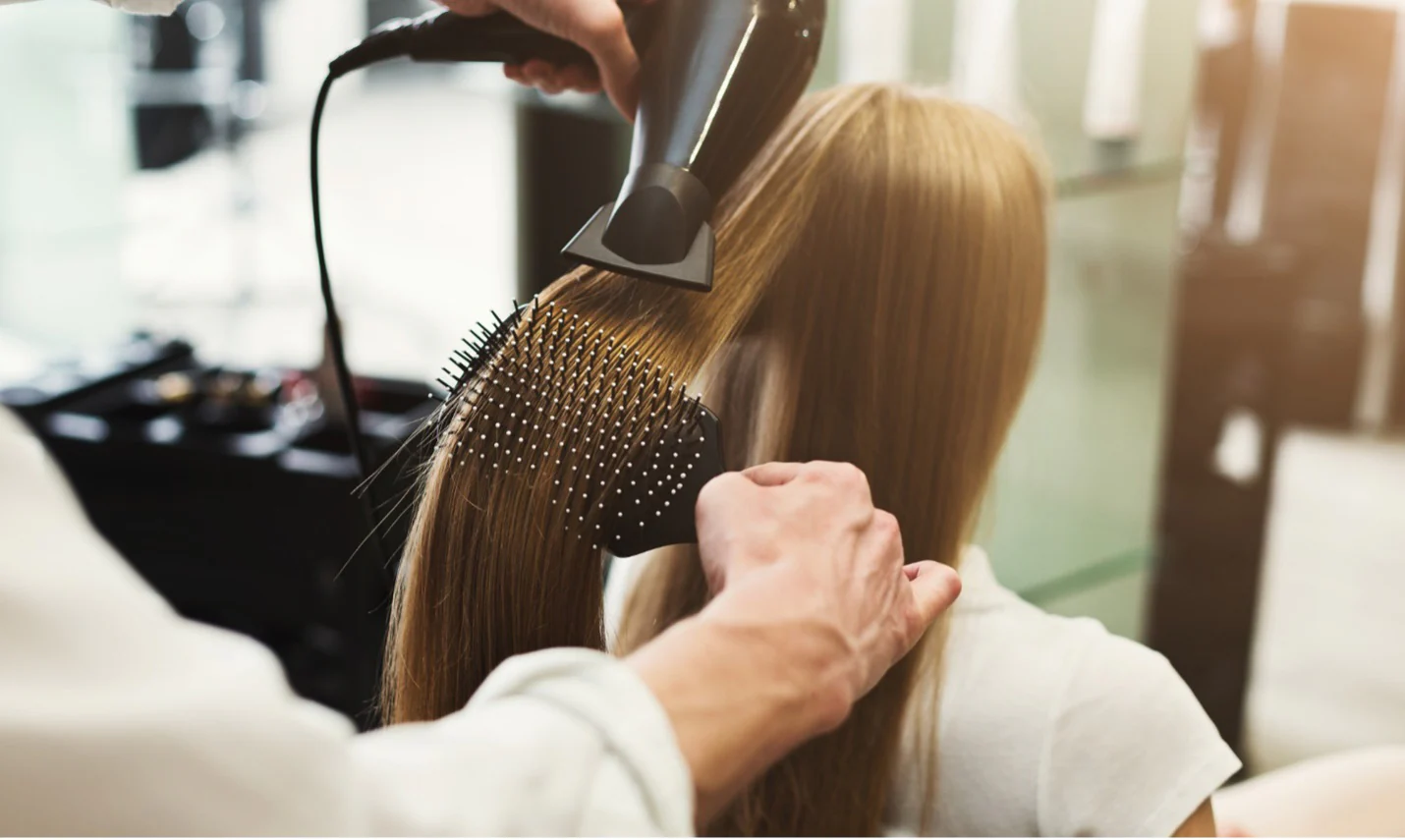
Common Issues: Straight hair can become limp and oily. To combat this, use dry shampoo between washes to absorb oil and add texture. Avoid heavy styling products, as they can make hair appear greasy.
Additional Tips: Regular trims are essential for maintaining straight hair’s sleek appearance and preventing split ends. If your hair becomes oily too quickly, try washing your hair at night to reduce the chance of overactive oil glands during the day.
2. Wavy Hair: Characteristics and Care Tips
Characteristics:
Wavy hair is characterized by its loose, S-shaped wave pattern that falls between straight and curly hair. It has a natural texture that can range from fine to thick, often giving it a tousled and voluminous appearance. Wavy hair can be prone to frizz, especially in humid environments, and tends to lose definition if not properly cared for. It’s versatile in styling, as it can be straightened or enhanced for more defined waves or curls.
Care Tips:
Shampooing: Wavy hair can be drier than straight hair, so it’s best to use sulfate-free shampoos that retain moisture without stripping the hair. Shampooing every 2–3 days is ideal, as washing too often can cause waves to lose their natural bounce and lead to frizz.
Conditioning: Apply a lightweight, hydrating conditioner to the mid-lengths and ends of your hair. Since wavy hair can dry out easily, regular conditioning is key to maintaining moisture balance and preventing frizz. For more hydration, consider using a leave-in conditioner or deep conditioning mask weekly.
Styling: To enhance natural waves, apply a curl-defining cream or mousse to damp hair. Scrunch the hair upwards to boost definition, then air-dry or use a diffuser on a low heat setting to preserve the wave pattern without causing frizz. Avoid brushing dry wavy hair, as this can disrupt the wave pattern and lead to tangles and frizz—use a wide-tooth comb on wet hair instead. For added shine and smoothness, anti-frizz serums or lightweight oils can help tame flyaways without weighing down the waves.
Additional Tips: To avoid flattening your waves, sleep on a silk or satin pillowcase, which reduces friction and helps maintain your hair’s natural texture. For more volume, flip your head upside down while scrunching with a styling product, then let your hair dry in place to lock in the waves.
3. Curly Hair: Characteristics and Care Tips
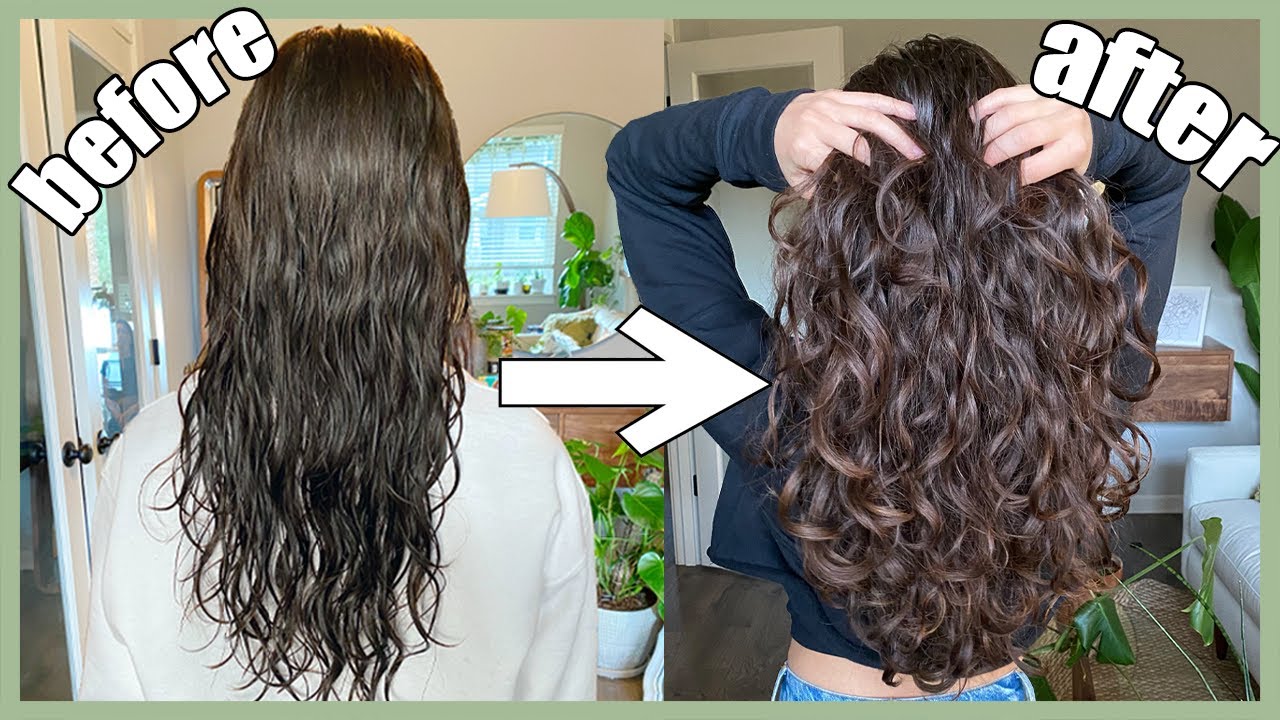
Characteristics:
Curly hair is defined by well-formed, springy curls that can range from loose ringlets to tight corkscrews. Due to its coiled structure, curly hair tends to be more prone to dryness and frizz since natural oils from the scalp have a harder time traveling down the hair shaft. Curly hair can be voluminous and full of life but requires extra care to maintain moisture and prevent tangling.
Care Tips:
Shampooing: Curly hair thrives on moisture, so it’s important to use a sulfate-free, moisturizing shampoo to retain natural oils and prevent drying out the curls. Shampooing 1–2 times a week is recommended, as over-washing can strip the hair of its essential moisture. If you need to refresh your curls between washes, consider co-washing (using a conditioner in place of shampoo) to keep them hydrated.
Conditioning: Curly hair needs deep hydration, so use rich conditioners and hair masks to keep your curls soft and manageable. Apply conditioner generously, focusing on the mid-lengths and ends. Leave-in conditioners and curl-enhancing creams are great for providing additional moisture throughout the day, helping to define curls and reduce frizz.
Styling: For defined, frizz-free curls, use curl-defining creams, gels, or mousses while your hair is still damp. Scrunch the product into your hair and let it air dry, or use a diffuser on a low heat setting to maintain curl structure. Avoid brushing dry curls, as this can lead to breakage and frizz. Instead, use a wide-tooth comb or your fingers to detangle hair when it’s wet and coated with conditioner. To prevent frizz and maintain curl shape, avoid touching your hair while it dries.
Additional Tips: Curly hair tends to shrink as it dries, so avoid using heavy styling products that can weigh curls down. Regular trims are important to remove split ends and keep curls bouncy and healthy. To refresh your curls on non-wash days, use a spray bottle filled with water and a small amount of leave-in conditioner to revive your curls and tame frizz.
4. Coily Hair: Characteristics and Care Tips
Characteristics:
Coily hair, also known as Type 4 hair, features tight, spring-like curls or zigzag patterns. It is often dense and voluminous but can be the most fragile of all hair types. Due to its coiled structure, natural oils struggle to reach the ends, making coily hair prone to dryness, shrinkage, and breakage.
Care Tips:
Shampooing: Use sulfate-free, moisturizing shampoos to gently cleanse without stripping away essential oils. Shampooing once a week is usually sufficient to prevent over-drying.
Conditioning: Coily hair requires intense hydration. Use rich, deep conditioners and leave-in treatments to keep the hair soft and moisturized. Hair masks or oil treatments, such as shea butter or argan oil, are highly effective.
Styling: Opt for protective styles like twists, braids, or bantu knots to minimize manipulation and breakage. Detangle gently with a wide-tooth comb or fingers while the hair is wet and conditioned. Use styling creams and butters that enhance curl definition and lock in moisture.
Additional Tips: To prevent shrinkage and frizz, use the LOC method (Liquid, Oil, Cream) to seal in moisture. Sleep with a silk or satin bonnet or on a satin pillowcase to avoid friction and preserve your coils overnight.
5. Fine Hair: Characteristics and Care Tips
Characteristics:
Fine hair has a small diameter, making it appear soft and delicate but prone to flatness and limpness. While fine hair may look shiny due to its smooth texture, it can easily become greasy or weighed down by heavy products. Fine hair is also more susceptible to breakage.
Care Tips:
Shampooing: Use a lightweight, volumizing shampoo to add body without weighing down the hair. Fine hair can become oily quickly, so washing every 1–2 days is ideal.
Conditioning: Apply conditioner sparingly, focusing on the ends to prevent greasiness at the roots. Use light, hydrating formulas to maintain softness without flattening the hair.
Styling: Opt for volumizing mousses or sprays to add lift at the roots. Blow-drying with a round brush helps create volume and movement. Avoid heavy oils or creams that can weigh hair down.
Additional Tips: Fine hair benefits from regular use of dry shampoo between washes to add texture and absorb oil. Consider getting regular trims to prevent split ends, which are more noticeable in fine hair.
6. Thick Hair: Characteristics and Care Tips
Characteristics:
Thick hair has a larger diameter and higher density, giving it a full, voluminous appearance. While it provides great coverage and can hold styles well, thick hair can be difficult to manage due to its heaviness and longer drying time. It is also more prone to frizz and can feel coarse or dry if not properly moisturized.
Care Tips:
Shampooing: Use a moisturizing or smoothing shampoo to hydrate thick hair and make it more manageable. Washing every 2–3 days is typically enough to keep thick hair clean without stripping natural oils.
Conditioning: Thick hair benefits from rich, heavy-duty conditioners. Apply generously from roots to ends to nourish and soften. Deep conditioning masks are essential once a week to maintain moisture and control frizz.
Styling: Use smoothing serums or leave-in treatments to combat frizz and add shine. When blow-drying, use a diffuser or section your hair to ensure even heat distribution. Styling tools like wide-tooth combs or paddle brushes are ideal for detangling thick hair without breakage.
Additional Tips: Thick hair requires regular trims to maintain shape and avoid bulkiness. Use silk or satin pillowcases to reduce friction while sleeping, preventing tangling and frizz.
7. Color-Treated Hair: Characteristics and Care Tips
Characteristics:
Color-treated hair refers to hair that has been chemically dyed or bleached. The coloring process can weaken the hair shaft, making it more prone to dryness, breakage, and fading. Depending on the treatment, colored hair may feel more porous, and frequent care is required to maintain its vibrancy and health.
Care Tips:
Shampooing: Use sulfate-free, color-safe shampoos to protect your color and prevent fading. Shampoo less frequently—about 2–3 times per week—to preserve the vibrancy of your color. If needed, use dry shampoo between washes to maintain freshness.
Conditioning: Deep hydration is key for color-treated hair. Use a color-protecting conditioner and apply it generously from mid-length to ends. Incorporate hair masks or deep conditioners once a week to restore moisture and repair damage.
Styling: Minimize heat styling, as excessive heat can further damage color-treated hair. Always use a heat protectant when blow-drying, straightening, or curling. Avoid too much sun exposure, which can cause fading—consider products with UV protection.
Additional Tips: Avoid hot water when washing color-treated hair, as it can cause color to fade faster. Opt for lukewarm or cool water to help seal the cuticle and preserve your color’s longevity.
8. Damaged Hair: Characteristics and Care Tips
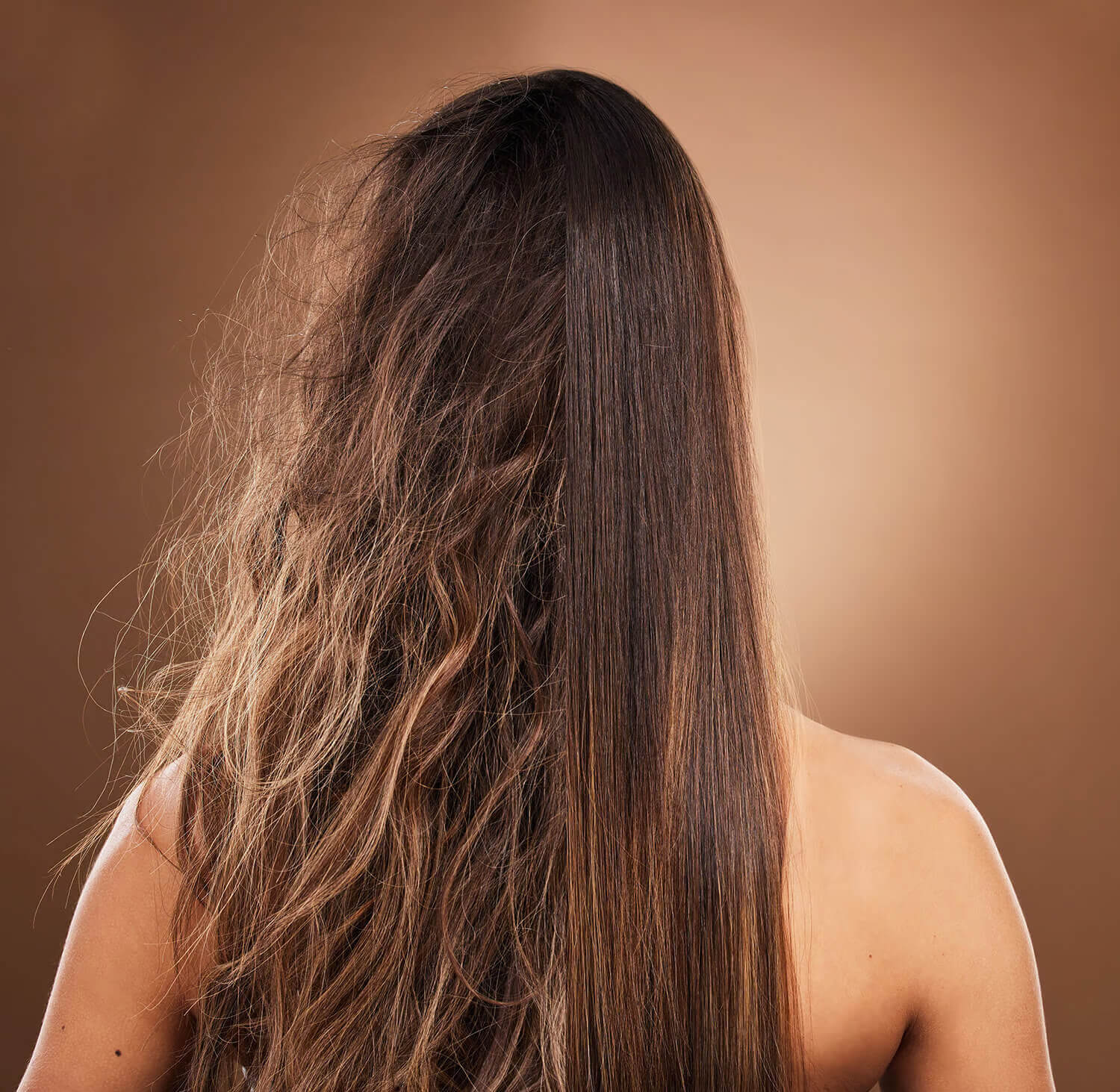
Characteristics:
Damaged hair is typically dry, brittle, and prone to breakage. It may exhibit split ends, frizz, and a dull appearance. Damage can occur from heat styling, chemical treatments, or environmental factors like sun exposure. The hair’s cuticle, which protects the inner layers, is often compromised, leading to a weakened structure.
Care Tips:
Shampooing: Use a reparative shampoo specifically formulated for damaged hair. Look for shampoos containing proteins like keratin or silk that help rebuild the hair shaft. Avoid sulfates, which can strip moisture and exacerbate damage.
Conditioning: Damaged hair needs intensive moisture. Opt for rich, deep conditioners and hair masks that are protein-infused to restore strength and elasticity. Apply these treatments regularly, focusing on the mid-lengths and ends to repair and smooth the hair.
Styling: Minimize the use of heat styling tools like flat irons or curling wands, as excessive heat worsens damage. When using these tools, always apply a heat protectant. Air-dry your hair when possible or use the lowest heat setting on your blow dryer.
Additional Tips: Regular trims are essential to remove split ends and prevent further damage. Incorporate leave-in conditioners or hair oils into your routine to add extra moisture and smoothness. Protect your hair from environmental stressors by wearing a hat in the sun and avoiding chlorine or salt water without protection.
Conclusion
No matter your hair type, following a tailored care routine will ensure that your hair remains healthy and vibrant. Understanding your hair’s unique characteristics allows you to choose the right products and techniques to nourish, protect, and style your locks effectively.
By identifying your hair type and using the appropriate care routine, you can ensure your hair stays at its best while minimizing common issues like frizz, dryness, and breakage.
Popular Post

Ultimate Guide to Using a Hair Dryer with Nozzle for Styling
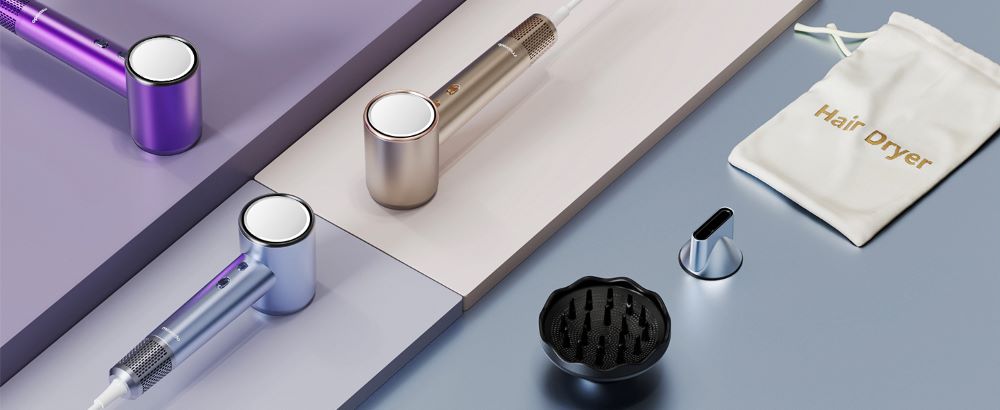
The Benefits of Using a Hair Dryer with a Diffuser
